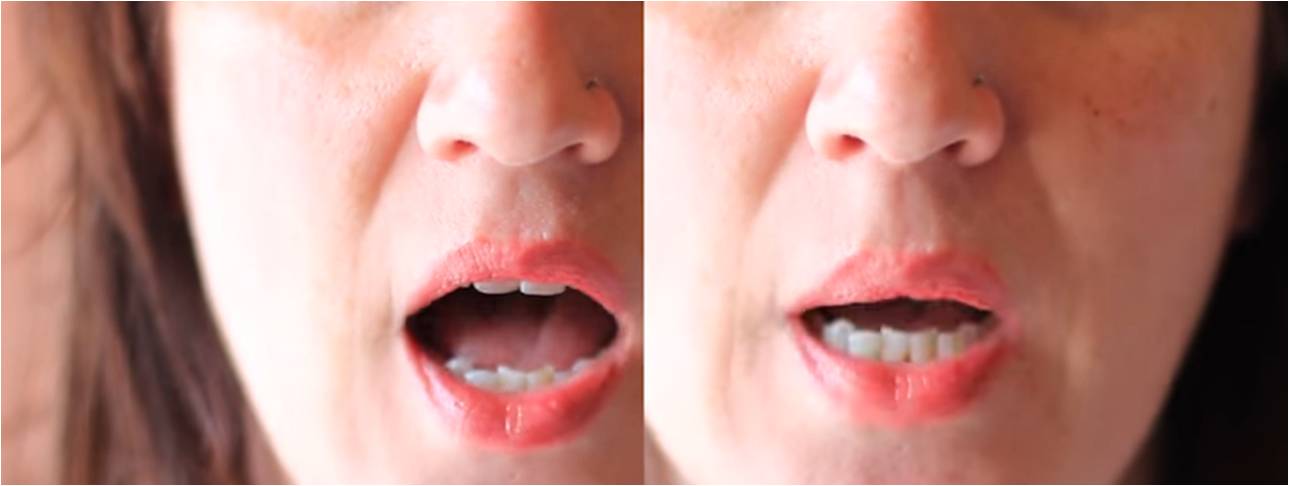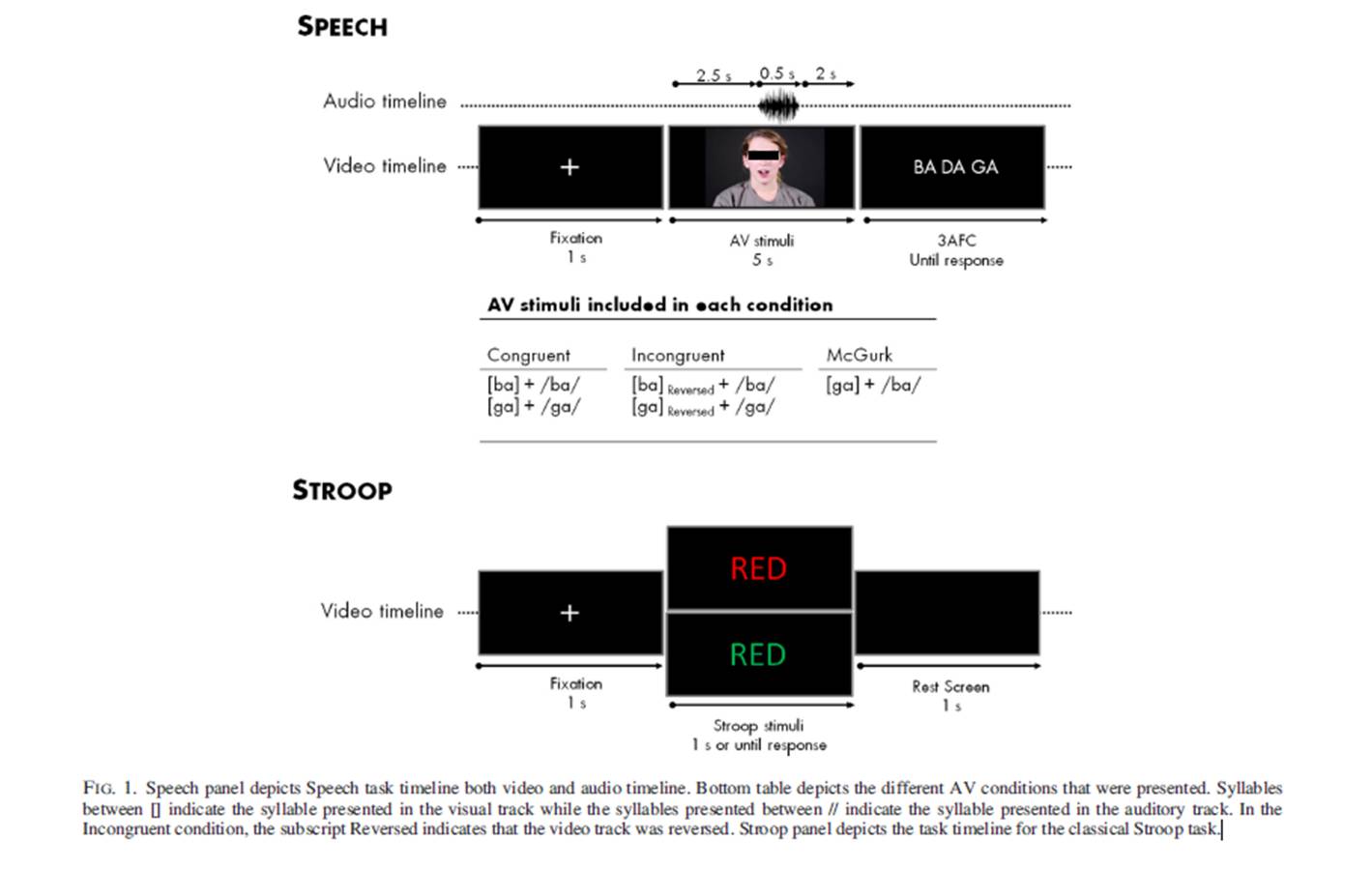Audiovisual incongruences induce increased theta waves in the brain
Audiovisual incongruences induce increased theta waves in the brain
Segons un estudi liderat per Salvador Soto Faraco, investigador ICREA i cap del Multisensory Research Group del Centre de Cognició i Cervell, publicat amb Luis Moris Fernández i Mireia Torralba, membres del seu equip, a l’European Journal of Neuroscience.

The McGurk illusion is a perceptual phenomenon that has been greatly used as a model to illustrate the integration of sight and hearing in human perception. This effect occurs, for example, when we see a person who is speaking and the movement of the lips does not coincide with what we hear, like in dubbed films. Then it is said that the eyes deceive the ears because the visual stimulus is able to recreate sounds in our ears that have never been produced. There is, therefore, a conflict between auditory and visual information.
Researchers at Pompeu Fabra University propose that the McGurk illusion arises as a result of the brain’s tendency to solve perceptual conflict, in a study led by Salvador Soto Faraco, ICREA researcher at the Department of Information and Communication Technologies (DTIC), head of the Multisensory Research Group (MRG) at UPF’s Center for Brain and Cognition (CBC), published together with Luis Morís Fernández and Mireia Torralba, members of his team, in the European Journal of Neuroscience.
This work is based on the hypothesis the McGurk stimuli, and in general any incongruence in visual stimuli, engage conflicting brain responses. The more general cases of incongruence have been mostly related to a conflict between action and perception. For example, the Stroop effect, used to test for attention deficit hyperactivity disorder, or ADHD, that is linked with the interference that occurs when the subject must indicate the colour of the ink in which a word is written that does not coincide with its meaning (for example: the word “green” written in red ink).

To confirm the initial hypothesis, the researchers looked at the variations of theta-type brain waves (periodic fluctuations around 6Hz), a well-known marker for brain response to conflict, of seventeen subjects participating in a study using electroencephalography. The theta waves related with conflict come from frontal areas of the brain related to executive control.
The results of the study show that the perception of McGurk visual stimuli, similarly to audiovisual incongruences in general, engage an increase in the activity of the brain in the electrophysiological band corresponding to theta waves. In addition, this same study has shown that this response to conflict is similar to that caused by action-perception conflict produced, as has been seen in the same seventeen subjects participating in this study, using the Stroop effect.The results show that the resolution of perceptual conflicts, like the one caused by the McGurk illusion, involves the same kind of mechanisms as other types of perceptual conflict in the brain and therefore, the authors propose taking this phenomenon into account for the study of the multisensory integration of human perception, which has not been done to date.
Reference work:
Luis Morís Fernández, Mireia Torralba, Salvador Soto-Faraco (2017), “Theta oscillations reflect conflict processing in the perception of the McGurk illusion”, Eur J Neurosci, doi: 10.1111/ejn.13804.
